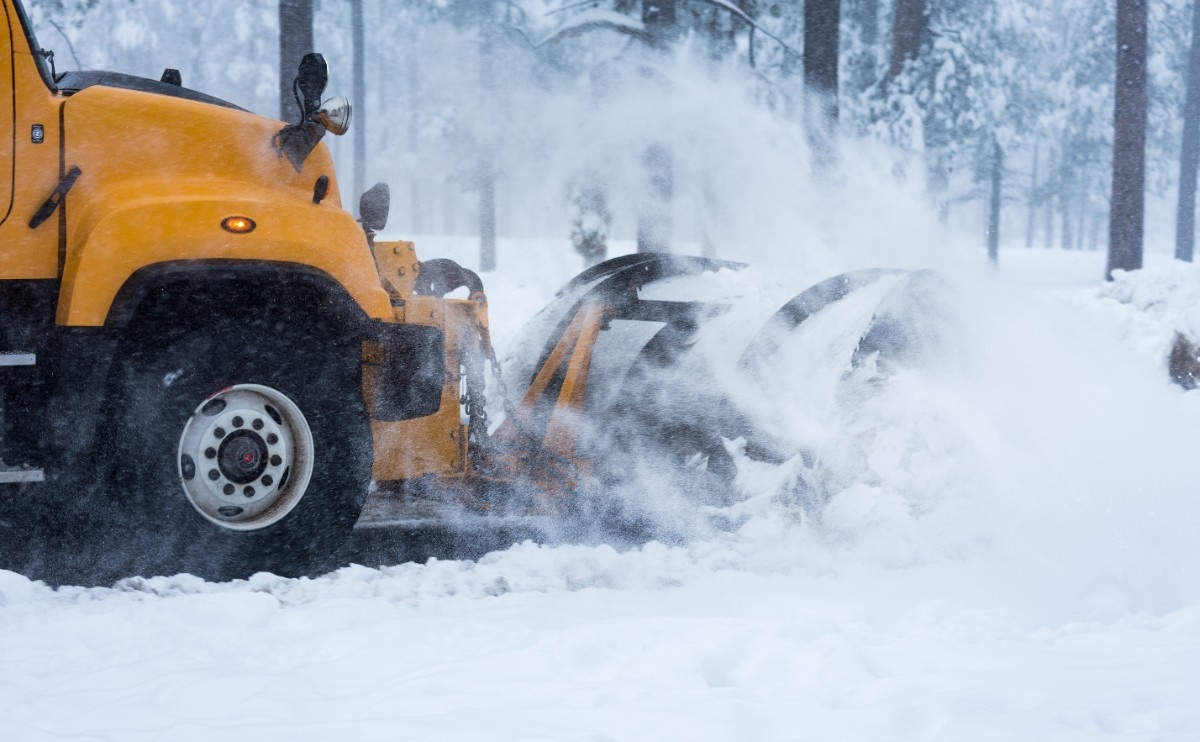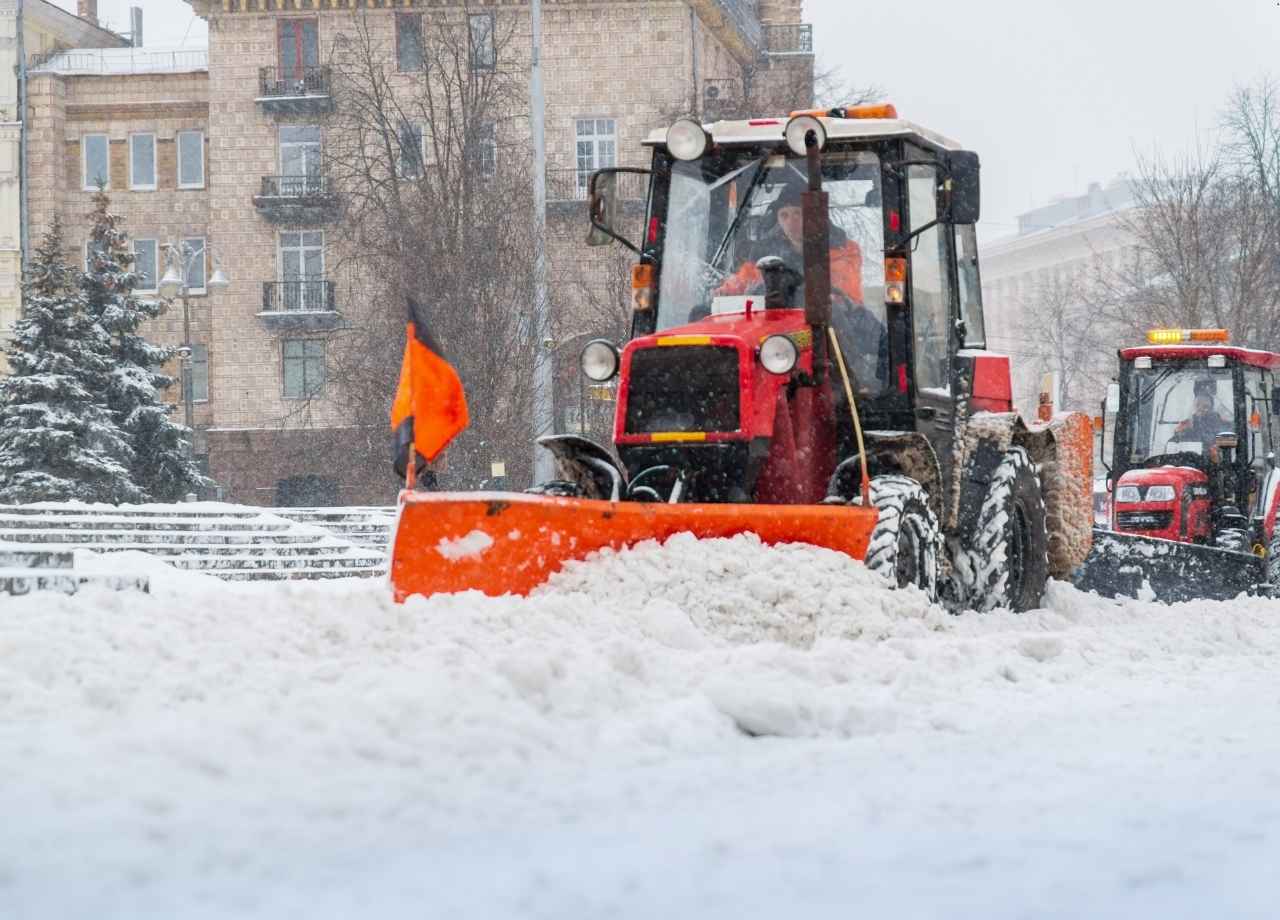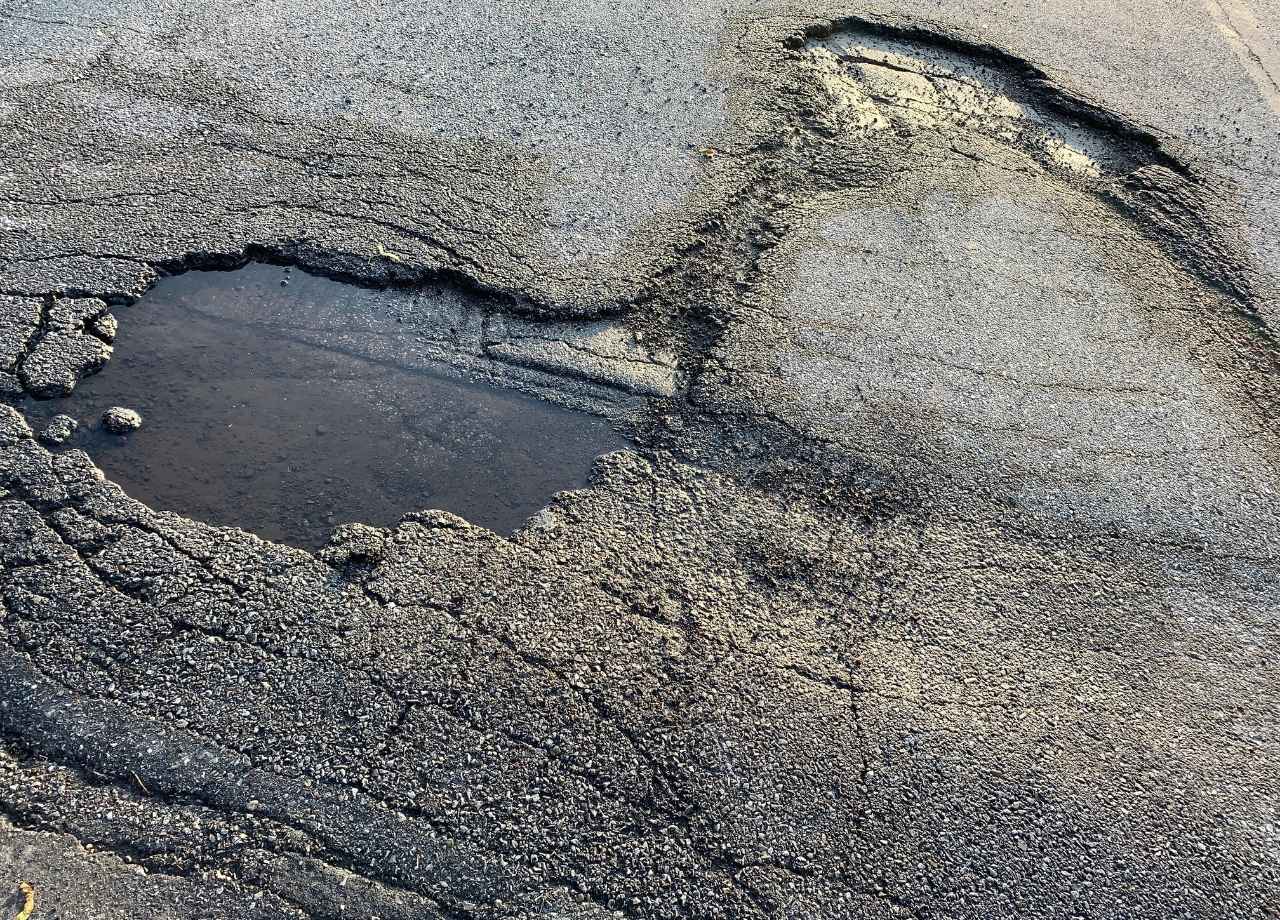Snow Management Solutions in Corporate Campuses
Snowfall transforms a corporate campus into a postcard scene, yet it can disrupt daily operations faster than most facilities anticipate. I’ve walked into office complexes on winter mornings where paths were buried under overnight drifts, entryways had icy patches, and parking areas were a hazard. Each year, facility teams must decide whether to treat snow removal as an emergency reaction or as a process woven into routine operations. Those that choose the latter save far more time and money—and avoid disruptions that frustrate employees, visitors, and clients alike.
Early Season Planning Pays Off
Once temperatures start to dip, crews that have already mapped priority zones are in a better position to respond quickly. Priority zones aren’t limited to front entrances. Loading docks, fire exits, side employee entrances, and delivery routes often get overlooked in early planning.
Seasonal preparation also includes securing contracts with snow removal vendors ahead of time. Vendors book up quickly during harsh winters, and waiting until the first storm can mean being put at the bottom of the list. A campus facility manager I know signs with contractors in late summer. This guarantees first-call status during storms and keeps pricing stable, even during peak snow events.
Preparing Snow Removal Equipment for Corporate Campuses
A snowblower in storage is useless if it won’t start when needed. The same goes for plow trucks, salt spreaders, and skid steers. Every October, maintenance teams should test all machinery, stock spare parts, and keep fuel supplies topped up.
Proactive equipment checks protect not only operations but also budgets. Emergency repairs in the middle of a snowstorm tend to come with premium costs, and the downtime can cause cascading delays across an entire campus.
On-Site Response Teams
Not every corporate campus relies entirely on third-party services. Large properties often maintain small, trained crews on-site during winter months. These teams can react to surprise conditions between contracted service visits. I’ve seen these internal teams prevent major accidents simply by salting a shaded walkway that froze unexpectedly mid-morning. It’s the quick, targeted fixes that keep operations smooth between larger clearing efforts.
Staffing these teams requires more than just assigning the next available maintenance worker. Snow removal demands awareness of safety protocols, correct equipment use, and the ability to work quickly in hazardous conditions. A single misstep with a snowblower can damage landscaping, crack pavement, or injure the operator. Training and clear roles are essential.
Material Choices for Snow and Ice Control
The decision between rock salt, calcium chloride, or magnesium chloride isn’t just about melting speed. Rock salt is cost-effective but can damage concrete and surrounding plant life. Calcium chloride works at lower temperatures and is less harmful to surfaces, but it’s pricier. Magnesium chloride offers even better low-temperature performance and minimal surface damage but can strain budgets for large campuses.
Some facilities experiment with brine pre-treatment, applying it before storms hit. This reduces ice bonding to pavement, making post-storm clearing faster. Over a season, they reported a noticeable drop in labor hours and deicer usage. Small shifts in material strategy can significantly lower costs while extending the life of campus infrastructure.
Snow Storage and Disposal
Clearing snow is only part of the job—finding a place to put it is another challenge. Piling snow in unused corners may work for small areas, but large corporate campuses often run out of space after multiple storms. Meltwater runoff can also cause flooding or refreeze into dangerous ice sheets.

Communication Across the Campus
The fastest snow removal plan in the world fails if employees don’t know which entrances are cleared or which parking zones are closed. Some campuses use SMS alerts or internal apps to update staff on cleared pathways, shuttle availability, and expected timelines for full reopening. Others rely on simple, physical signage.
Safety Training for Staff and Visitors
Slip-and-fall accidents increase sharply during winter, especially in high-traffic areas like main entrances and parking structures. Offering seasonal safety refreshers—both for employees and visiting contractors—can help prevent injuries. These brief trainings cover safe walking techniques, appropriate footwear, and how to report icy spots.
I’ve seen companies set up “test walkways” near their main doors with different surface conditions so employees can experience the difference between treated and untreated areas. It’s a surprisingly effective way to get people to take winter walking hazards seriously.
Budget Control Without Sacrificing Safety
Snow management is often one of the larger line items in a winter facilities budget. Overspending usually comes from inefficient scheduling and material waste.
Pre-negotiated vendor contracts that include performance metrics can also keep costs predictable. Metrics might include maximum response times after snowfall begins, guaranteed completion times, and penalties for missed deadlines. Without these agreements, service levels can drop when contractors are stretched thin, leaving campuses vulnerable during peak storms.
Environmental Considerations in Snow Management
Large-scale snow removal can have environmental side effects. Excessive salt use harms nearby vegetation and contaminates runoff water. Mechanical plowing can damage lawns, curbs, and irrigation systems hidden under snow.
Several campuses have reduced these impacts by switching to more sustainable materials and by training operators to lift plow blades slightly over turf areas. Some even invest in heated walkways for high-traffic zones, eliminating the need for salt there entirely. These solutions require upfront investment but can save on long-term repair costs and environmental compliance measures.
Integrating Snow Management into Year-Round Operations
Winter planning shouldn’t be a seasonal scramble. The most successful campuses build snow management into their annual facility maintenance schedule. Post-season reviews identify what worked and what failed. This can include revising storage locations, adjusting vendor contracts, replacing aging equipment, and retraining staff.
I’ve walked through campuses in July with facility managers who were already marking new snow pile zones and adjusting curb lines for easier plow access. These proactive habits mean fewer surprises when the first snow falls and keep operations more resilient year after year.
National Facility Contractors provides comprehensive snow and ice management services that integrate all of these best practices—helping corporate campuses protect employees, avoid costly downtime, and maintain safe, professional grounds throughout winter.
Conclusion
Snow can be as disruptive as it is picturesque on a corporate campus. Without proactive preparation, facility managers risk lost productivity, safety incidents, and unexpected expenses. By planning ahead, training staff, choosing materials wisely, and coordinating communication across the property, campuses can turn winter from a liability into a manageable season. A well-executed snow management plan ensures that operations stay safe, efficient, and uninterrupted—no matter how harsh the forecast becomes.







